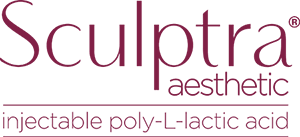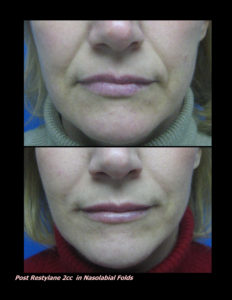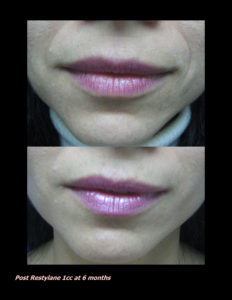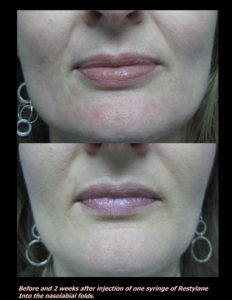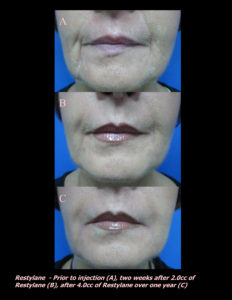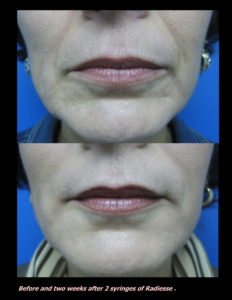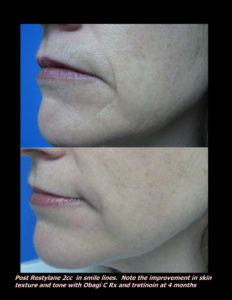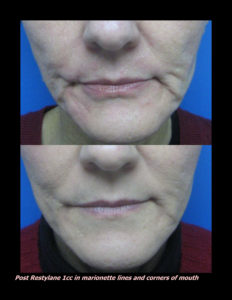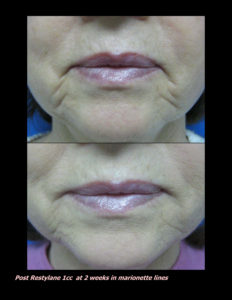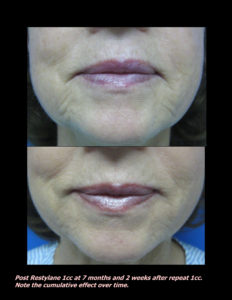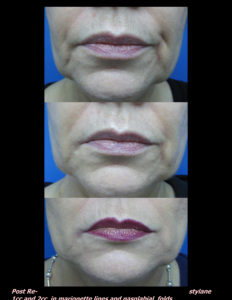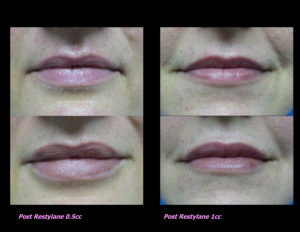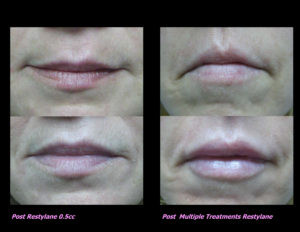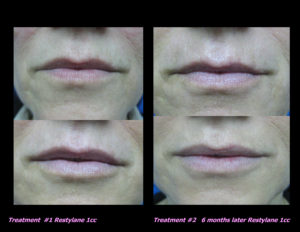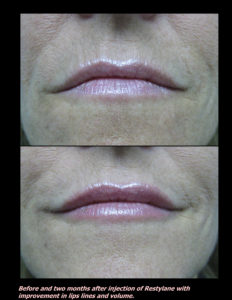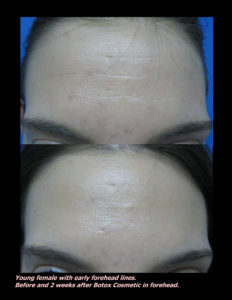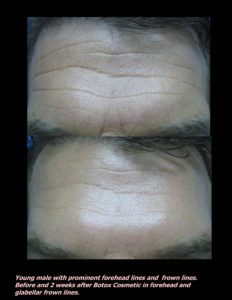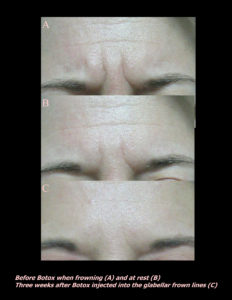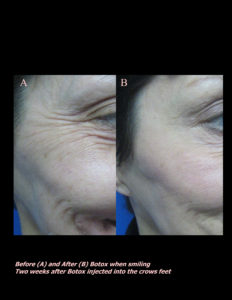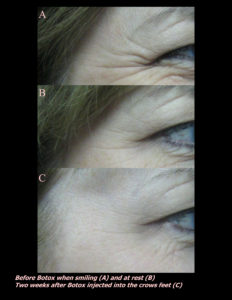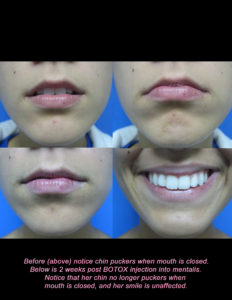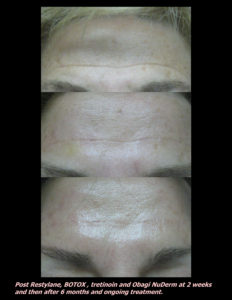A long time ago when Seinfeld was the top show on TV, Seinfeld was dating a dermatologist. There were lots of jokes about how un-serious her job was. Then came the punch line …. “Melanoma”. That was about the time I was debating my career choices as a future doctor. Sounds dumb, but this impacted me at the time. Dermatology was and is serious medicine. This was long before the cosmetic aspects of dermatology became a part of what we do…before BOTOX, fillers and Dr. Pimple Popper. Yet, melanoma remains. Skin cancer screening and treatment is still one of the more serious aspects of dermatology.
May is skin cancer awareness month. So, we’ll be talking a lot about all types of skin cancer this month. But first, Melanoma.
Melanoma is the most serious type of skin cancer. Other types of skin cancer rarely spread to other parts of the body. Melanoma, in contrast, if not caught early is a deadly type of skin cancer.
The lifetime risk of developing a melanoma is 2.6%, or 1 in 40, for white Americans. Risk and rates are much lower in skin of color. Over the past few decades, melanoma incidence has risen, and continues to rise in women. An estimated 100,000 people are diagnosed with melanoma in the US each year. The average age of diagnosis is 63, but melanoma is the #1 cancer diagnosed in the age group of 25-29.
Due to a plethora of new medications and early diagnosis, melanoma survival rates are actually improving, so we continue to try to educate patients about the warning signs of melanoma.
Let’s review some of the most common risk factors for melanoma.
Family history of Melanoma- Melanoma risk is increased if a patient has a first degree relative with melanoma, including parents, children and siblings. While there are a few known genetic alterations that lead to true “Familial Melanoma”, those are relatively rare. If a patient has one or more first degree relatives who have had a melanoma, they should be getting regular, yearly full skin cancer checks.
Excessive past UV exposure– There is usually a decade or more of lag time of excessive sun exposure before skin cancer development. Blistering sunburns and tanning bed use are risk factors. Any tanning bed use in women in their 20s and 30s increases risk of melanoma by 6 times. I often quote this to patients who think that tanning prior to their summer vacation is a good idea.
Large number or very few number of moles – There is a syndrome called atypical nevus syndrome where patients have lots of atypical moles. Melanoma risk is higher and melanoma is easier to miss because of the sheer volume of moles they have. In contrast, fair skinned freckled patients with very few moles also have increased risk.
Previous skin cancer – History of skin cancer of any kind in the past increases a patient’s risk of melanoma. This is part of the reason that patients with a history of skin cancer are recommended to have a yearly skin cancer screening.
If you or someone you love is in need of a skin cancer screening, there are a number of free skin cancer screenings every May sponsored by the American Academy of Dermatology. We often do free clothed screenings at community events. For a thorough screening, schedule an appointment with a dermatologist near you. Early detection of melanoma is the KEY TO SURVIVAL.
If you know someone who may find this article helpful, please share it with them! Follow us on social media this week, and subscribe to our growing YouTube channel! If you would like to receive these posts in your email inbox, Subscribe to our Site.



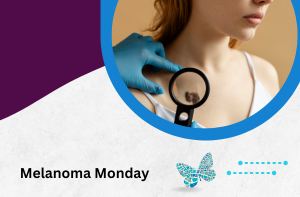




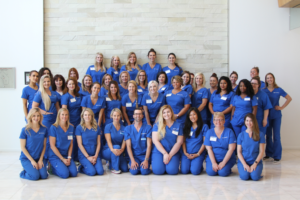

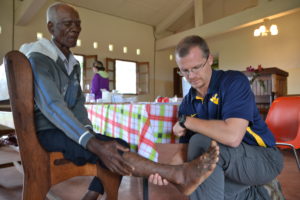
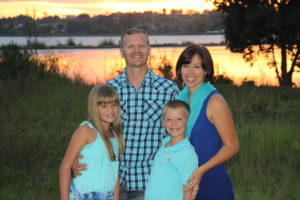

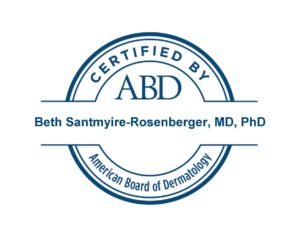

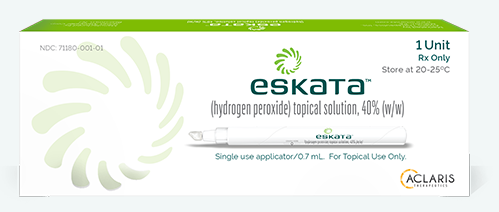

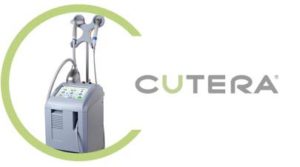 Laser Vein Reduction Treatments
Laser Vein Reduction Treatments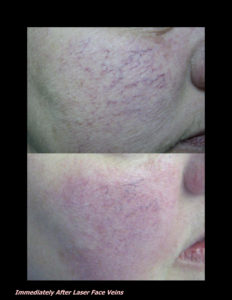
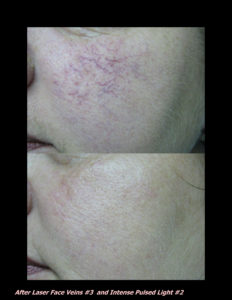
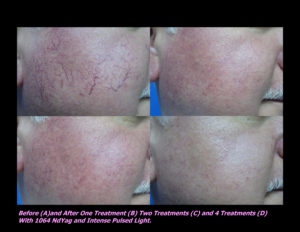
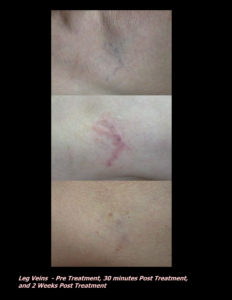
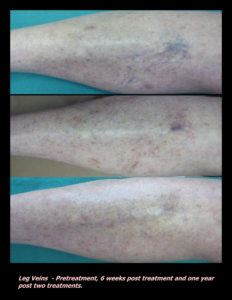
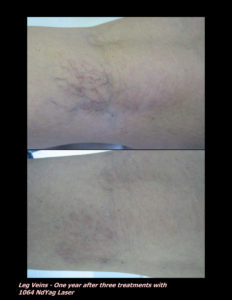
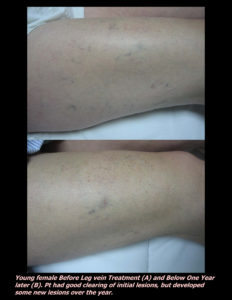
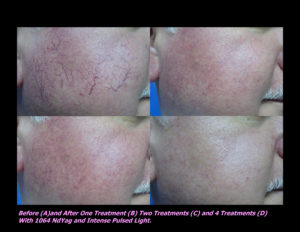
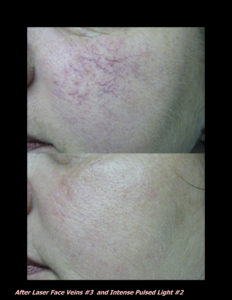
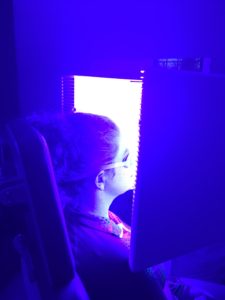
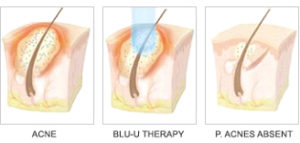
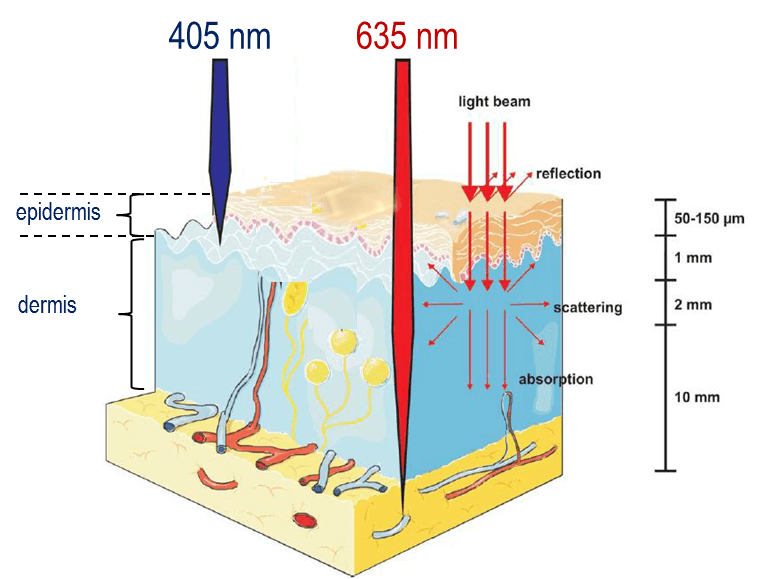
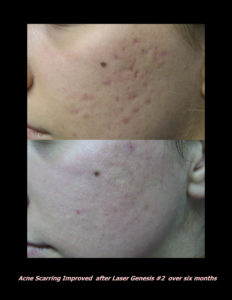
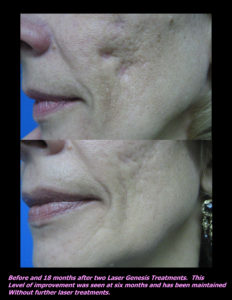


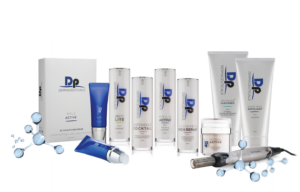 DP Dermaceutical Products
DP Dermaceutical Products


